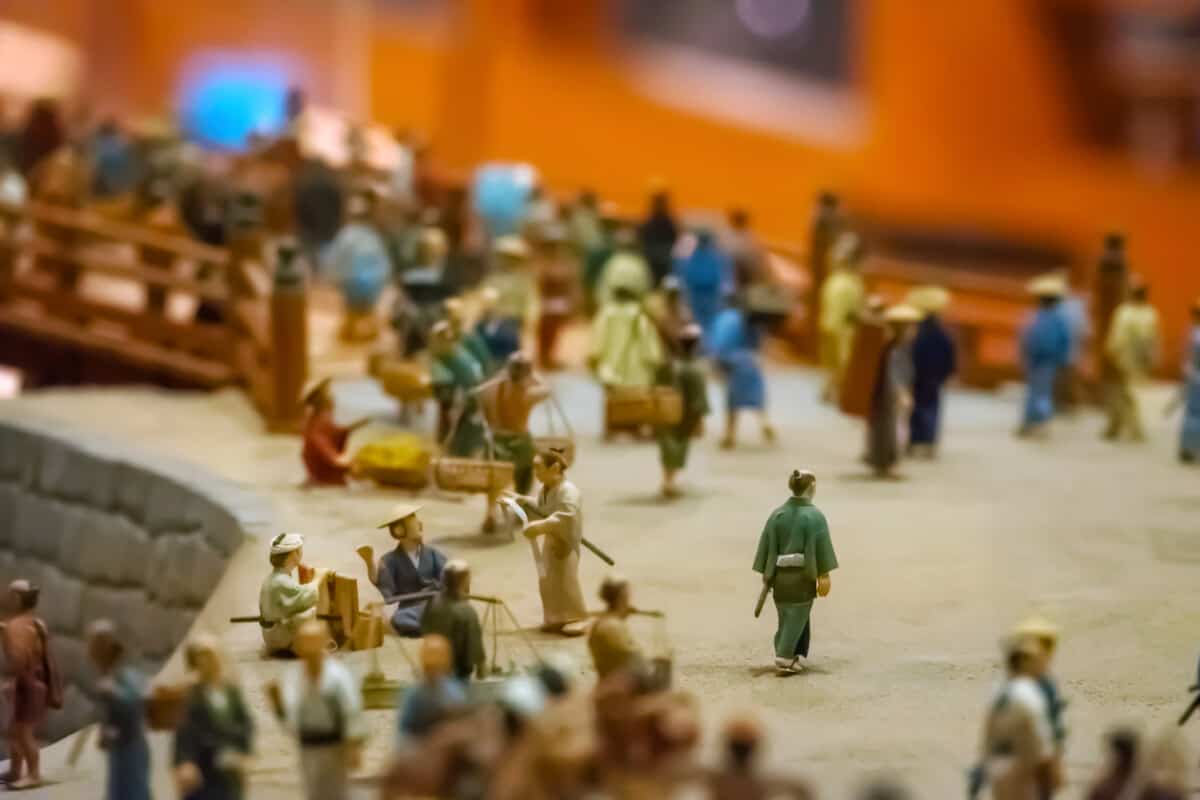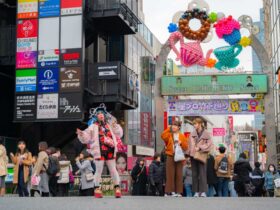Japan has become one of the most developed countries in the world. The country has gone through many changes over two millennia of time. One of the most distinctive periods in Japanese history is the Edo Period (1603-1868). During this period, Japan saw both cultural and economic prosperity.
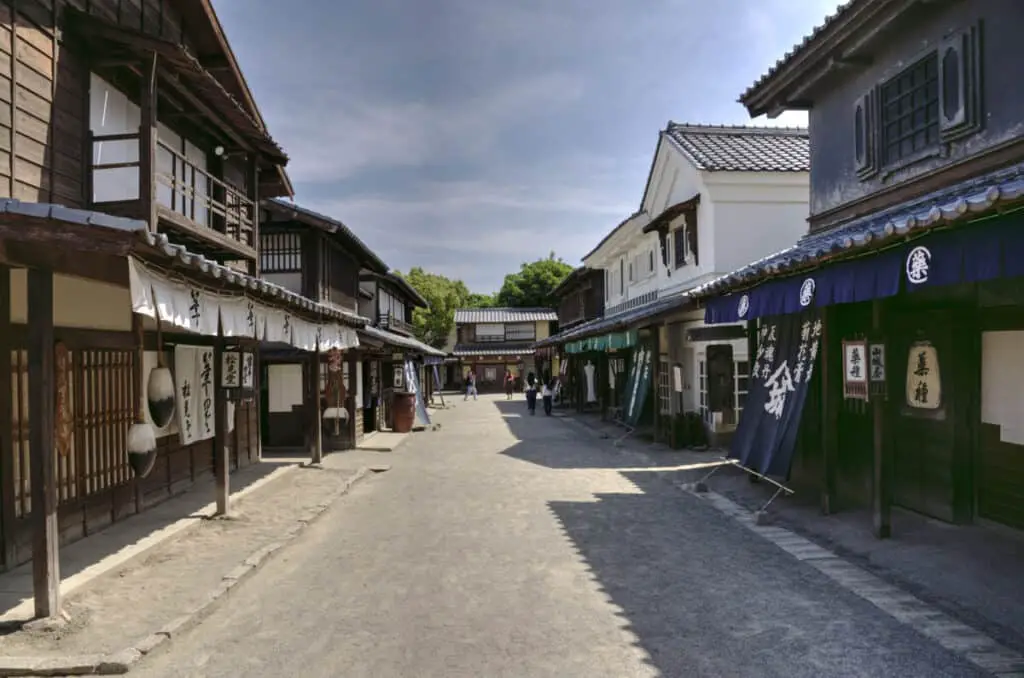
The Edo period of Japan was a peaceful and prosperous time for Japan. After the Battle of Sekigahara, the Tokugawa family held on to power for 260 years. Japan went through fast economic and urban growth because of the shogun’s strict rule over the country.
In this article, I will talk about various aspects of Japan’s Edo Period. It will make you understand why the Edo period is so significant in Japanese history.
When Did The Edo Period Begin In Japan?
In 1600, Tokugawa Ieyasu won the battle of Sekigahara against the Hideyori loyalists. Later, in 1603, with the support of the emperor, Ieyasu became the first Tokugawa shogun of the government of Edo.
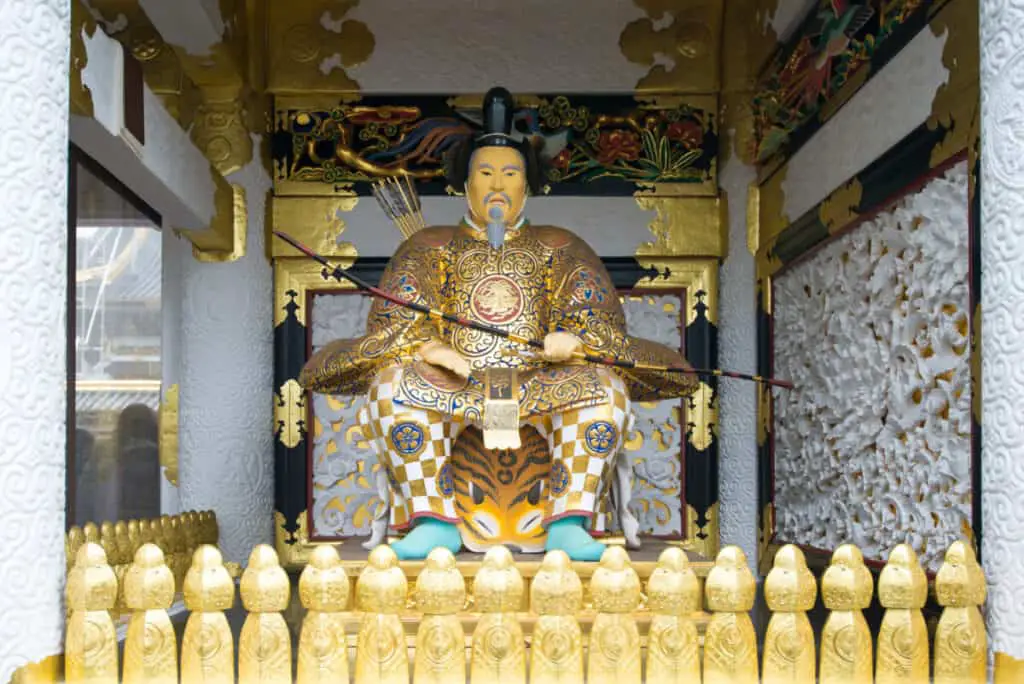
He brought the entire country of Japan under firm rules and had total control of the army. Thus, he made sure the Tokugawa Shoguns stayed in power for a long time. Ieyasu’s successors managed to rule the country for about 260 years. So, the Edo period is also called the Tokugawa period.
Ieyasu chose Edo (modern-day Tokyo) as the capital of the country in 1603. It began to grow both economically and culturally. The Tokugawa Shoguns ruled Japan from Edo. Thus, the ruling period is popularly known as the Edo period.
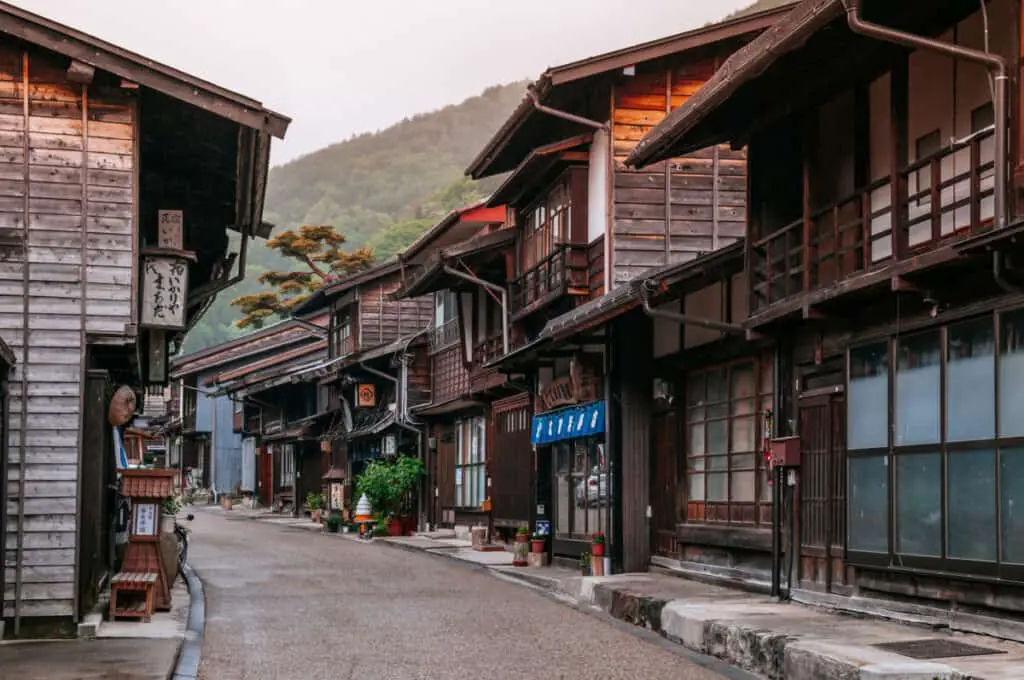
What Was The Social Structure Of Edo Japan?
There was a strict social power structure in the Edo period. It was mainly divided into three categories: the figurehead and nominal ruling court, military leaders and the actual ruling class, and the commoner class.
Even though the emperor was at the top of the hierarchy, the shogun had the actual ruling power. Below the shogun, there were Daimyos to control the regions of Japan. They collected taxes and ruled over the regional samurai.
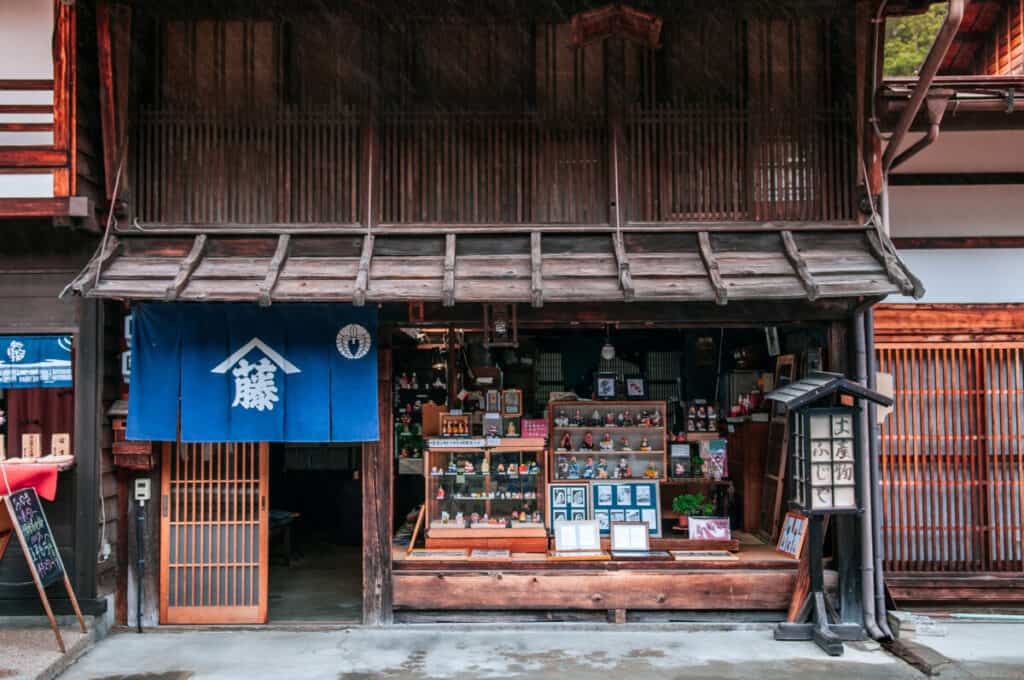
The Samurais had a great reputation during this time. They represented high value and honor. The people treated the samurais as fearless soldiers. However, as time passed by, their position was not as valued by many shoguns. Thus, many samurais gave up their code of living, and they led a life much like commoners.
At the bottom of the hierarchy, there were farmers, artisans, craft workers, and merchants. They were free of any living or moral code like the upper-class people. Hence, some of them spent time gambling and time in pleasure districts.
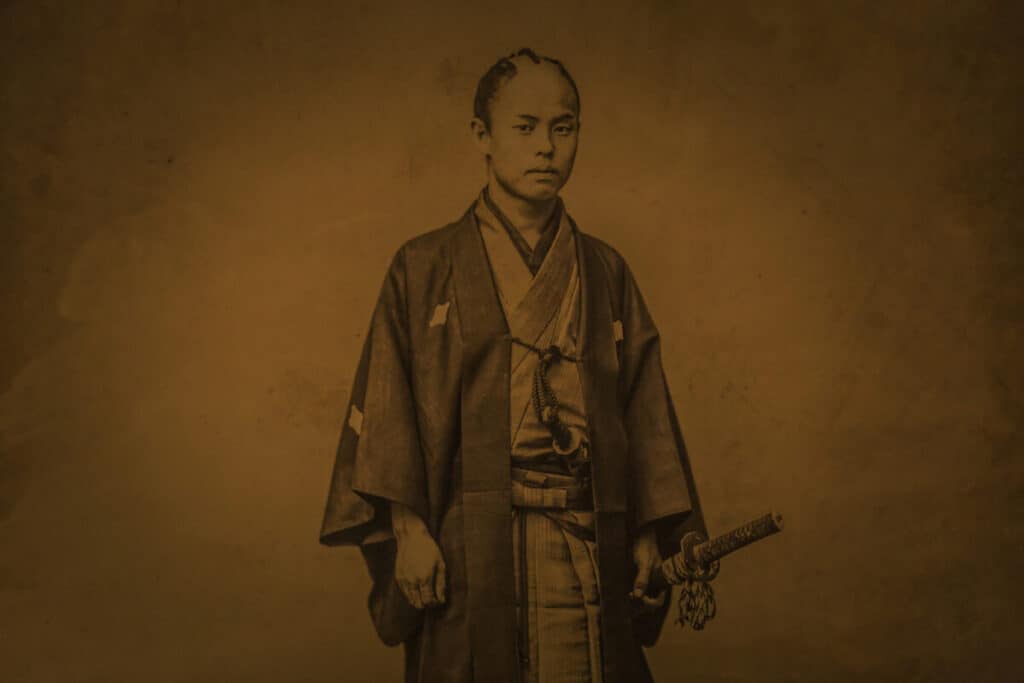
How Was The Economy Like During The Edo Period?
The city of Edo and Japan saw massive development of the economy. All the Daimyos had to have their houses, or at least second houses, in the capital. Hence, Edo became the main political, cultural and economic center of the country.
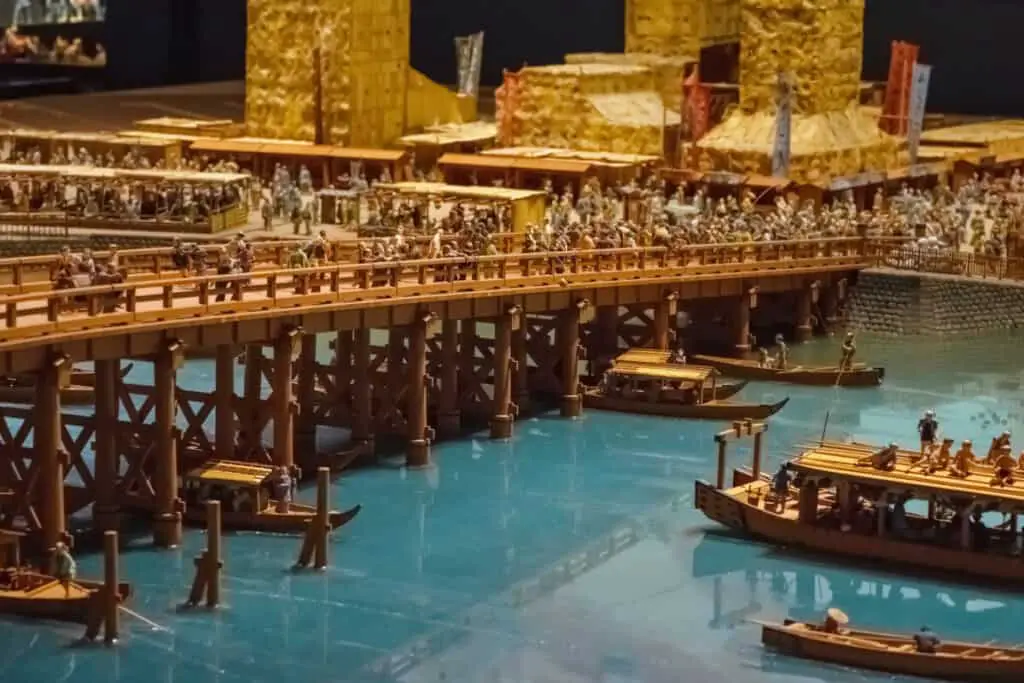
The city became the place for educated elites, philosophers, artisans, craft workers, and merchants. Construction for roads and various infrastructures led to more economic growth. With the construction of roads, the infrastructure across the country grew rapidly. Gradually, the city became a bustling modern city of the Edo period.
Agriculture also thrived in Edo Japan. Rice was the main crop, and about 80% of the people were farmers. The production of rice was enough for the steadily growing population. Thus, both commoners and elites started to see financial growth in this period.
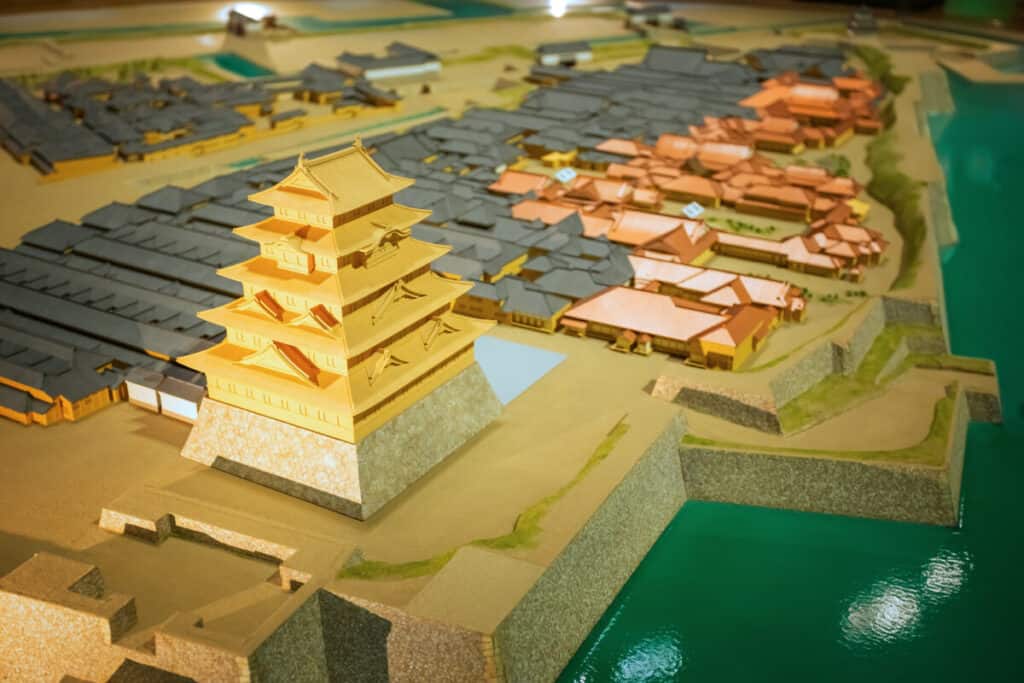
Many people from all over the country moved to the cities for the available business opportunities and living conditions. For example, about one million people lived in Edo during the last days of the Edo period. Similarly, Japan saw the development of other cities as well.
How Was The Education System During Edo Period In Japan?
The Tokugawa shoguns emphasized the education of the elite class. The shoguns and their daimyos established many Han schools for samurais and other elite social groups.
The schools taught Neo-Confucianism, the Confucian classics, basic arithmetic, and calligraphy. Eventually, the artists and merchants also patronized schools known as Terakoya or temple schools.
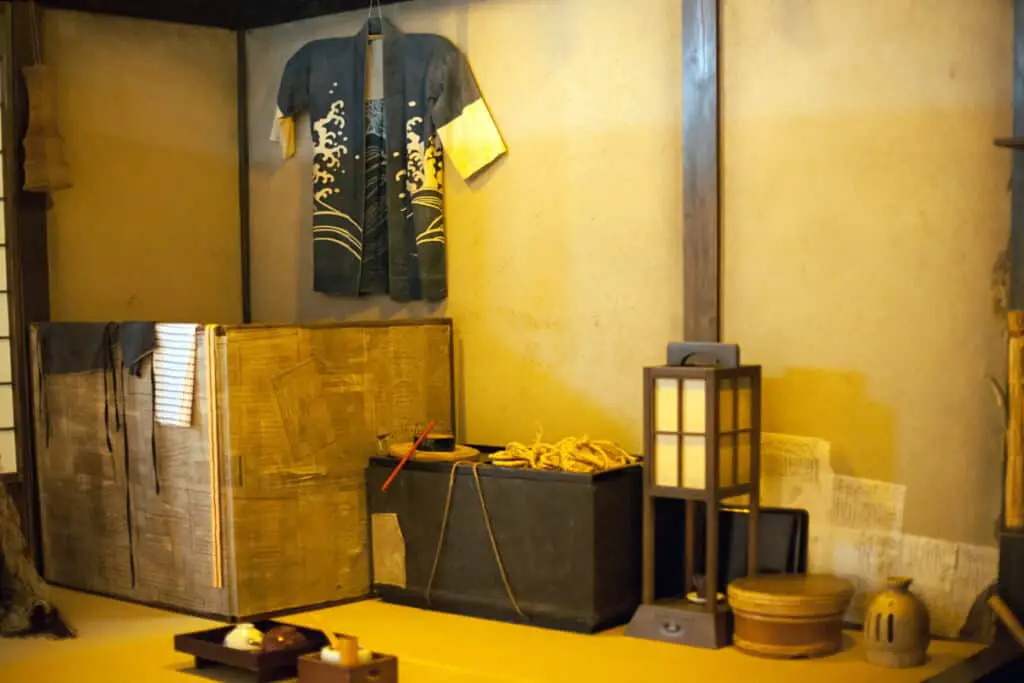
Samurais, doctors, and other educated people taught children of the elite class. Buddhists in temples and shrines also taught children to read and write.
Over time, many people in that period, both urban and rural areas, became literate. As a result, many books on various subjects like cooking, gardening, art, traveling, literature and philosophy spread in Japan.
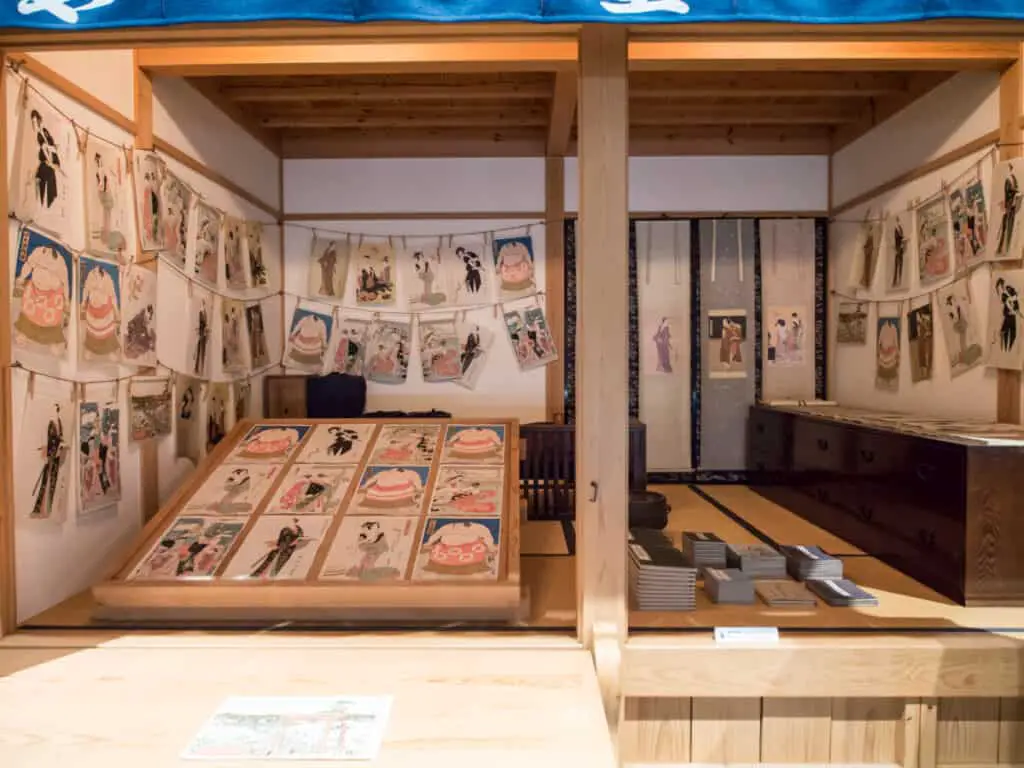
What Was The Religion And Philosophy Of Edo Japan?
The philosophical influence during the Edo period was Confucianism, Buddhism, and neo-Confucianism. Buddhism and Shinto were the main religious beliefs among the people.
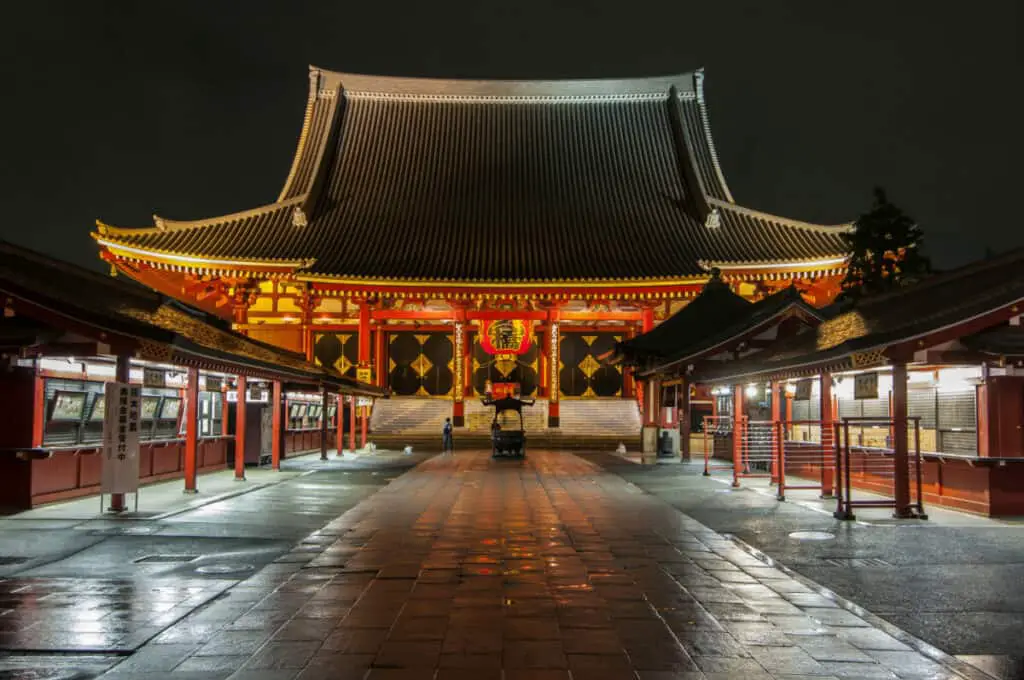
Both Buddhist and Shinto priests were popular among the people. It was quite common to see religious speakers in the corners of streets attempting to convert people and collecting funds. The common people were more sentimental about the Shinto religion.
The rulers were tolerant towards practicing different religious and social practices. However, they were strict about Christianity and did not want western cultural beliefs to invade or influence their lands.
What Were The Art And Cultural Practices Of The Edo Period?
As Japan was isolated from foreign countries during most of the Edo period, it managed to hold on to its cultural values. During this period, popular culture and literature rose in Japan. Japanese artists developed new art forms like ukiyo-e and kabuki.
The elites appointed painters and artisans to decorate important buildings and monuments. The artists used realistic painting techniques, which were also unique.
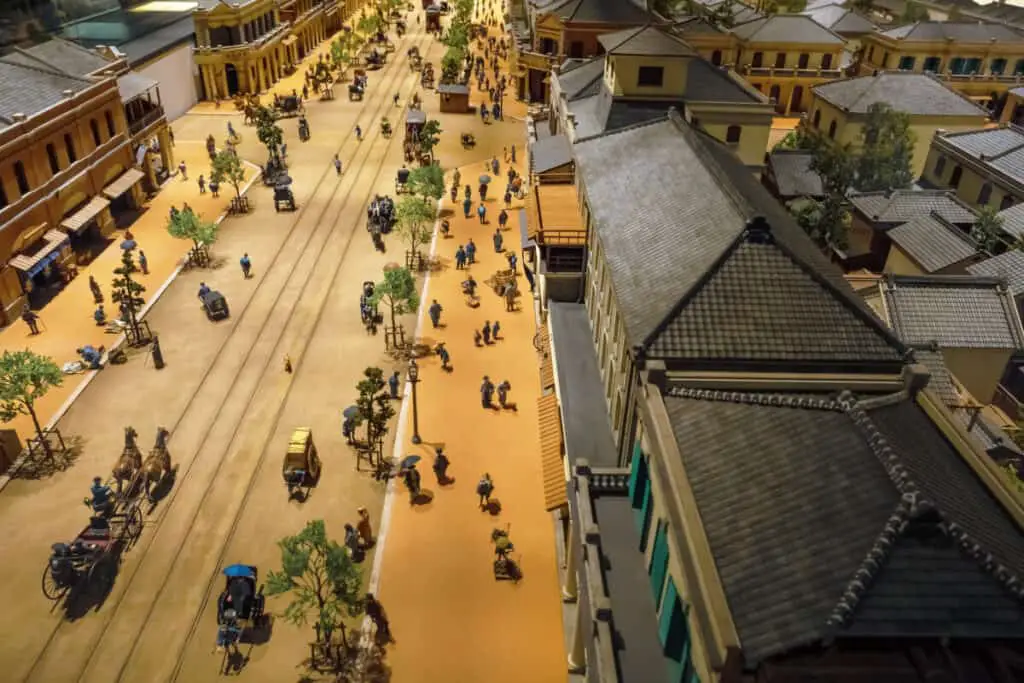
People loved to gather for both religious and cultural programs and attended festivals. Kabuki theatre was a common form of entertainment in Japan among the lower classes. Dried river beds were also a place for exhibitions and fairs. People arranged various programs like music, circus acts and plays in open-air spaces.
How Was Foreign Relationships During The Edo Period?
In 1633, the shogun Iemitsu banned traveling abroad. Then in 1639, the restriction almost completely isolated Japan from the rest of the world. However, it still maintained limited business with the Dutch and Chinese. This isolation policy was known as the Sakoku policy.
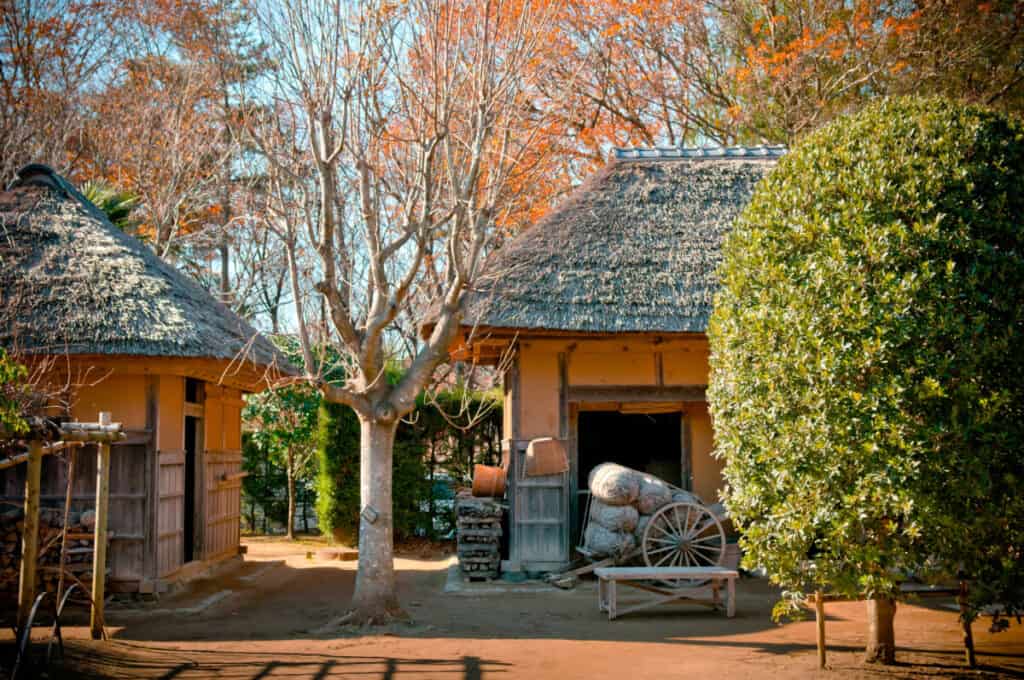
The shoguns of that time feared the influence of foreign powers and their religions and on the culture of Japan. Thus, they remained separated from most foreign influence and contact from 1639 to 1858.
The isolation was quite beneficial for Japan. Their culture and economy grew steadily with no interruption from foreign countries.
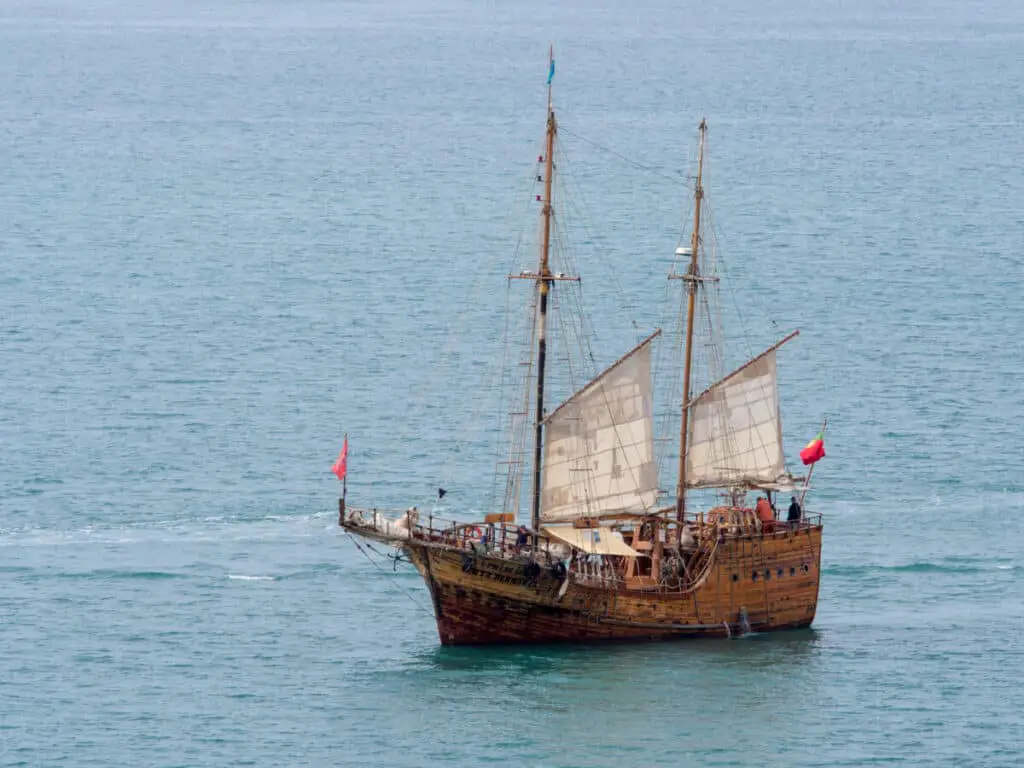
During this time, western countries took over many countries across the world. The countries were industrially developed, which helped them to gain more power. As a result, the industrial revolution took place quite late in Japan.
When Did the Edo Period End?
In 1868, the last shogun of the Tokugawa clan had to give up his power for various reasons. Emperor Meiji then took over Japan with the support of many elites.
When Japan reopened its borders to the foreign world again, ordinary people realized how underdeveloped Japan was. Moreover, merchants became rich thru trade, but they still held no power in the social power structure. This discrimination made them frustrated, and they rebelled. Thus, the Tokugawa clan lost power over the people.
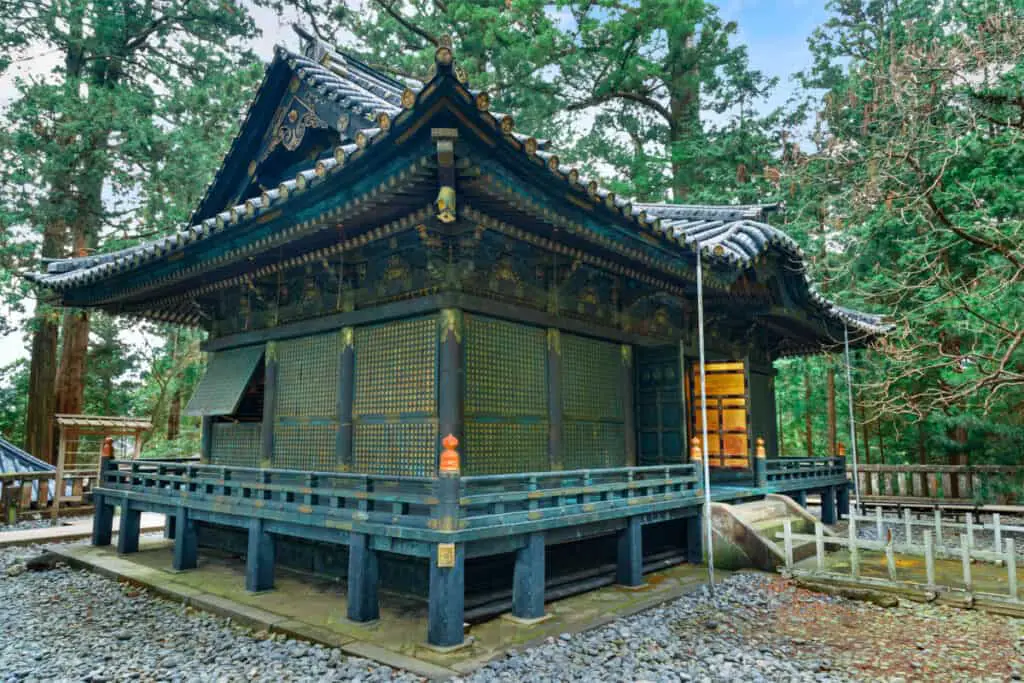
America was seen as a threat to the shogun in 1853, and so the shogun made a treaty with America out of fear. It enraged many elite-class people. The elite class then focused on modernism. For that, they planned to remove the shogun rule.
Eventually, Meiji, or the enlightened ruler, came into power and dethroned the Tokugawa clan. With this change in power came the start of a new era known as the Meiji Era.
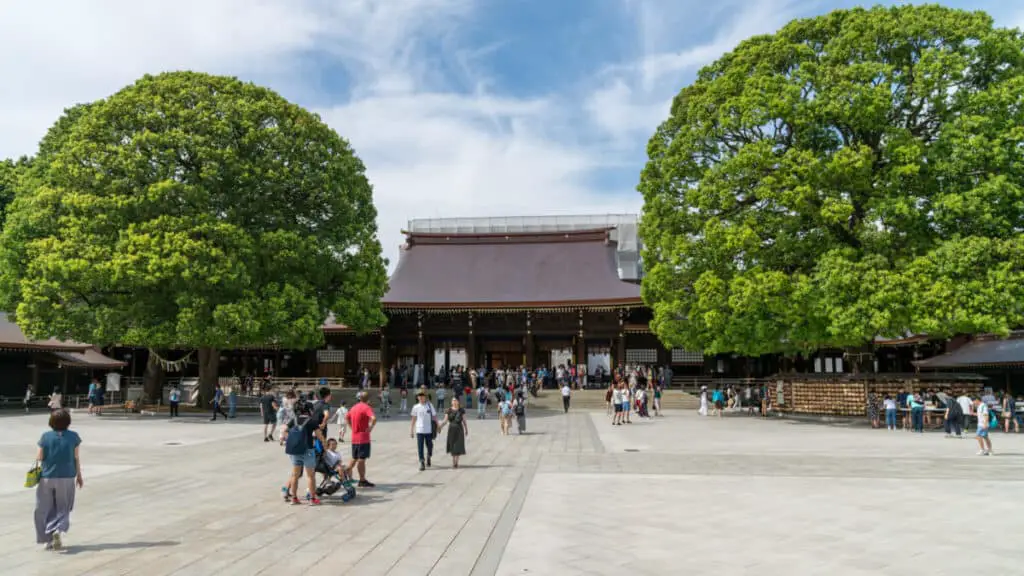
Conclusion
By now, you must have a basic idea about Japan’s Edo Period. All aspects of the Edo period show how Japan thrived nationally during this period.
Although the closed-door policy cut Japan off from the rest of the world for a lengthy period, it also influenced the unique culture of Japan that we see today.
Edo Period Attractions via Trip Advisor
Edo Period Museum Official Site
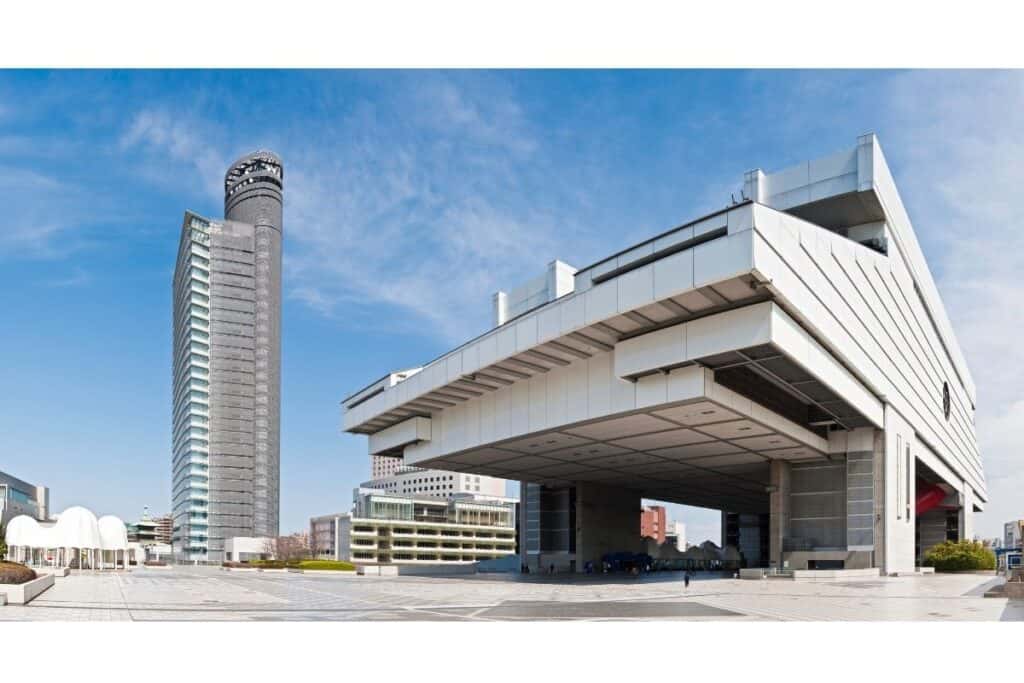
- Edo Period Museum Tokyo
- By Train or Subway
- 3-minute walk from West Exit of Ryogoku Station, JR Sobu Line
- 1-minute walk from A3 or A4 Exit of Ryogoku Station (Edo-Tokyo Hakubutsukan-mae), Toei Subway Oedo Line

